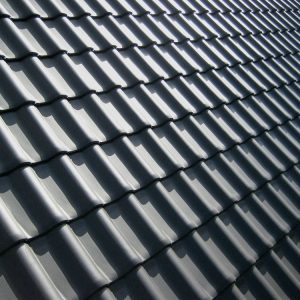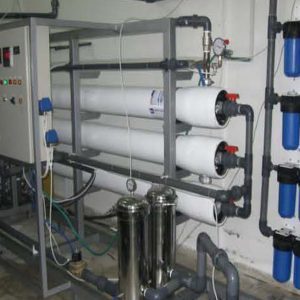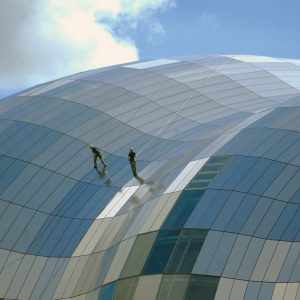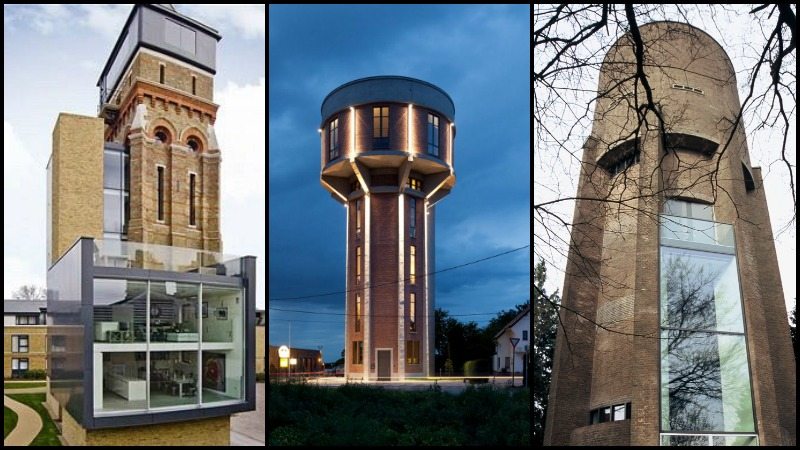
One thing all water towers have in common is that once they have outlived their purpose, they very quickly turn into eyesores.
Yet cultural significance is an almost palpable presence. You simply cannot tear them down and not feel bad. A dilemma? Not for creative architects and home builders. The examples below are clear demonstrations of that.
When we say old water towers, we do mean ‘old’ as these structures were built as early as the 1800s. They no longer serve their original purpose but you can still see several of them around the world.
This is because their cultural and historical significance has prevented people from taking them down.
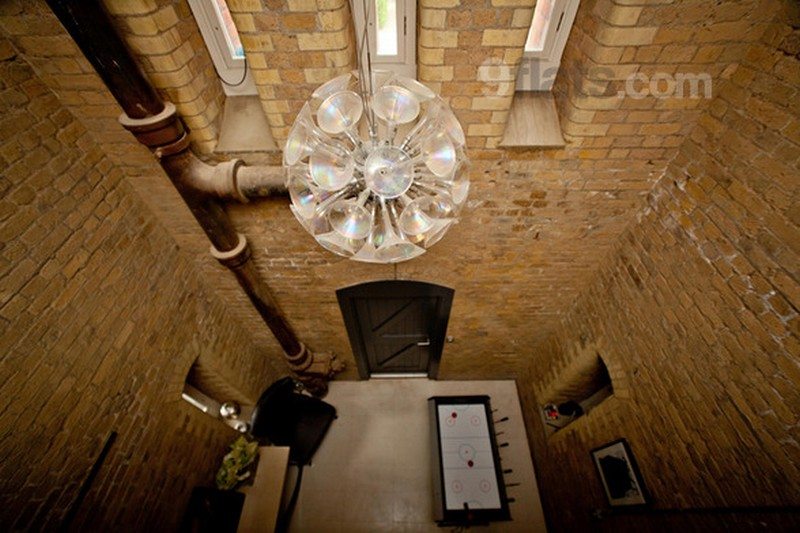
Now while there are people who consider old water towers as useless buildings that are better off giving way to modernization, others – aside from seeing them as historical landmarks – saw great potential in them!
These stunning homes will show you just what creative designers and builders envisioned when they saw the derelict water towers!
It may be difficult to imagine living comfortably in an old, thick-walled and narrow structure at first, but these impressive conversions prove it’s actually a dream to live in one! After seeing these transformations, we doubt anyone would still think old water towers should be demolished!
Do you want to live in one of these water tower homes? Take a look at these ten converted water towers and let us know what you think!
Click on any image to start the lightbox display. Use your Esc key to close the lightbox. You can also view the images as a slideshow if you prefer.
10 Beautifully Converted Water Towers
1. London Water Tower
This 130 ft. tower near London was built in 1896. Today it houses five double bedrooms, three bathrooms, large living areas and a glass-walled rooftop observatory for admiring the beautiful sunset over the city of London! “I am still telling all of our friends in the US that I could read the time on Big Ben on a clear day from the top of the Tower with my binoculars.”
It used to be available for short vacation stays, but it is now only offered for residential rent. If you want to know more about the London Water Tower you can head over to this site.
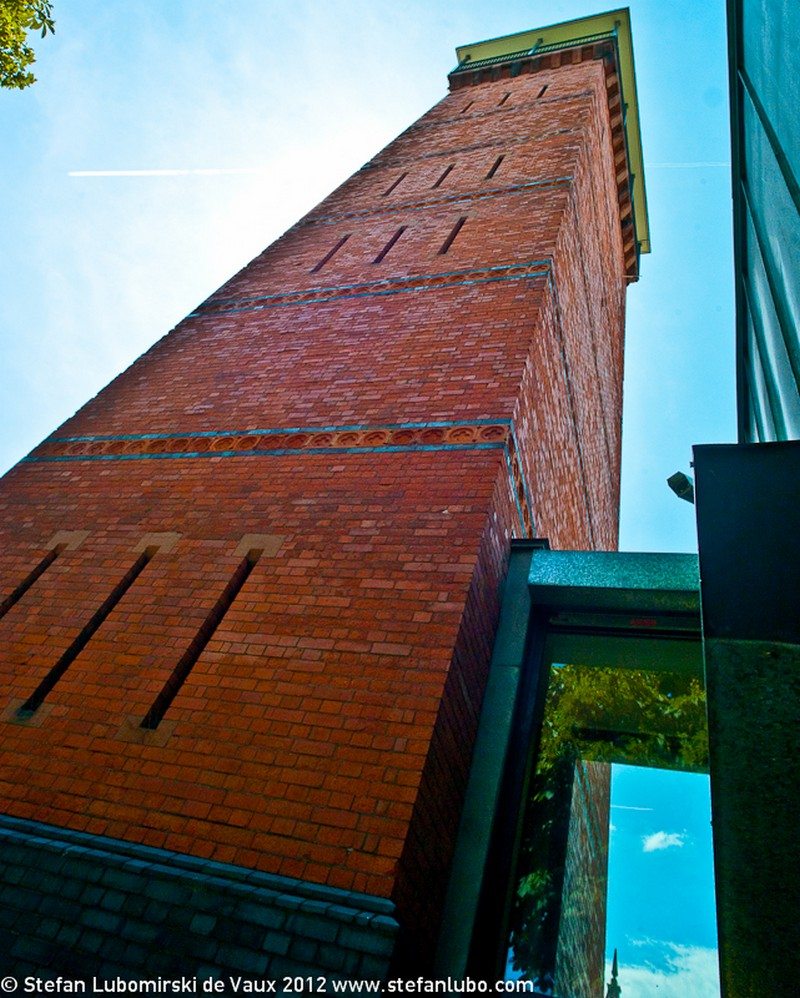


2. Venetian Gothic Style in London
Here’s an older one, from London, which is the only property in the city that offers 360-degree views! The old water tower was built in 1877 as part of Lambeth Workhouse and Infirmary.
In 2011, partners Leigh Osborne and Graham Voce bought it for £380,000 and spent over £2m converting it into their dream luxury home. This nine-storey tower includes four bedrooms, a gym, a dressing and a study room which can all be accessed via lift alongside the tower.
They also added a three-storey “Cube” at the back, serving as their main living space.
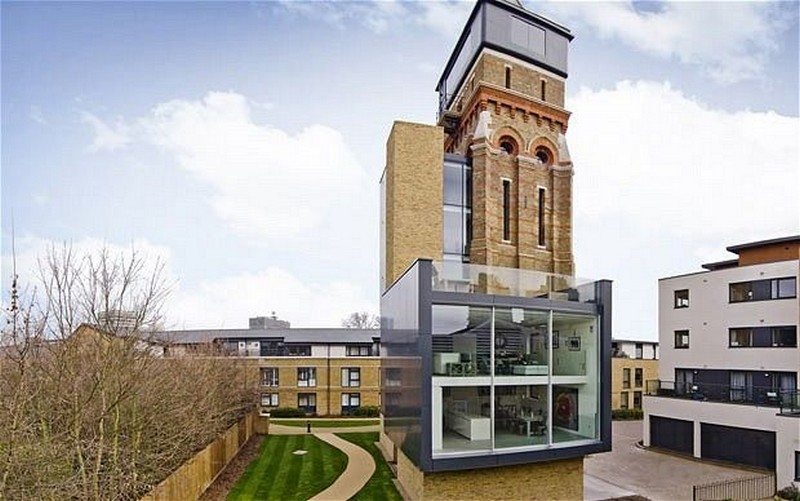
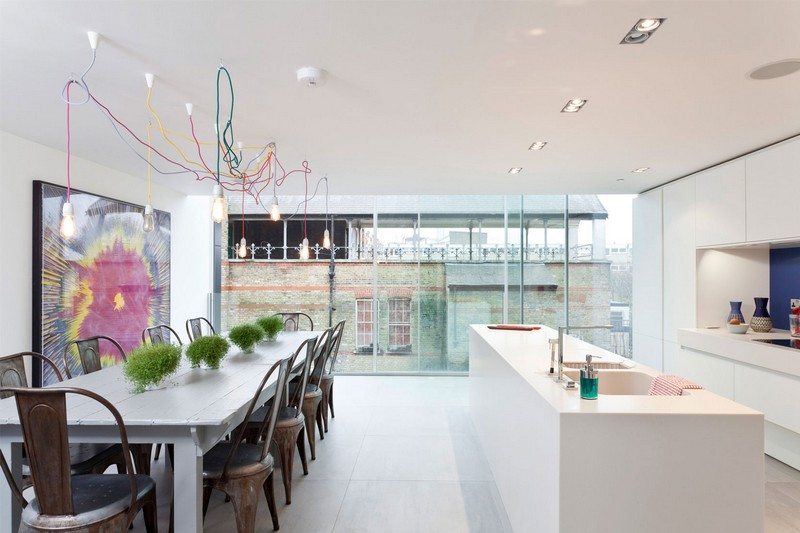
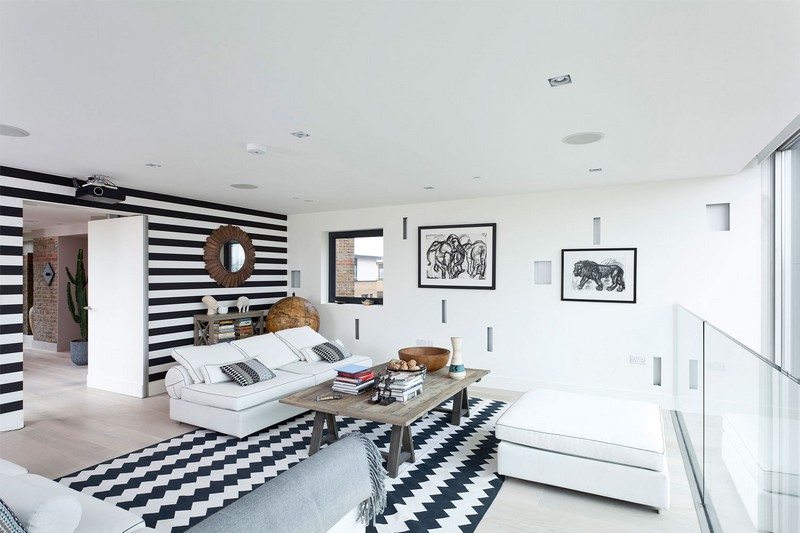
3. Munstead Water Tower
The numbers that make up this home are just unbelievable! It took owner Elspeth Beard seven years to renovate this 91-year-old building, wherein two and a half years were spent merely for complete shell repair! It has six floors and 64 windows.
Climb 88 steps from the ground if you want to go to the kitchen, 116 steps to the living room and 142 steps if you feel like going to the roof.
Another unusual feature of this water tower home is that the bathroom in each of the bedrooms is hanging!
We can only imagine the amount of work rendered to this amazing conversion. And it’s no wonder that it has gained several awards! Want to know the complete details of this unusual home? Head over to Architect Elspeth Beard’s site!
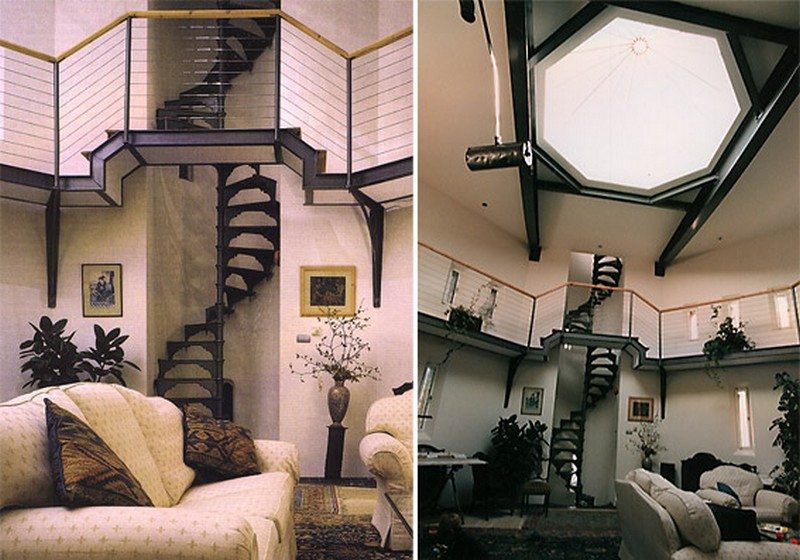
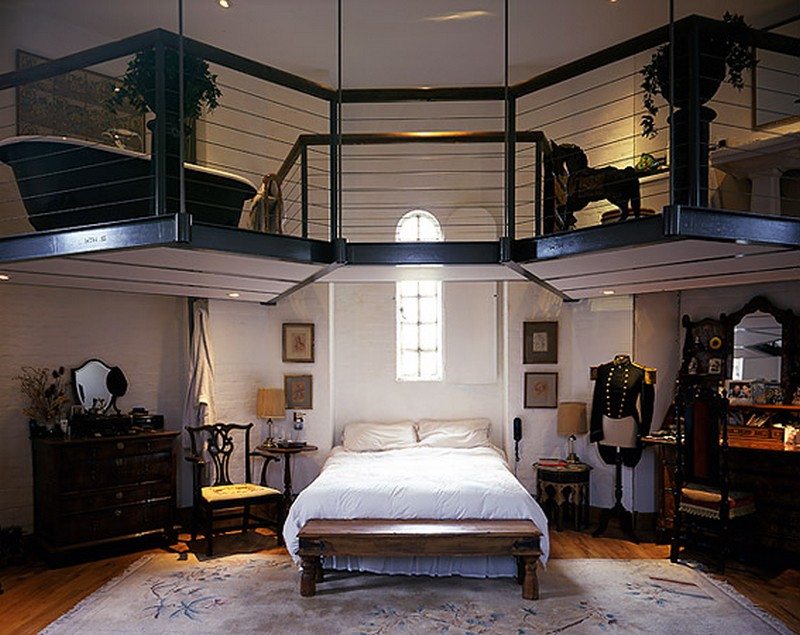
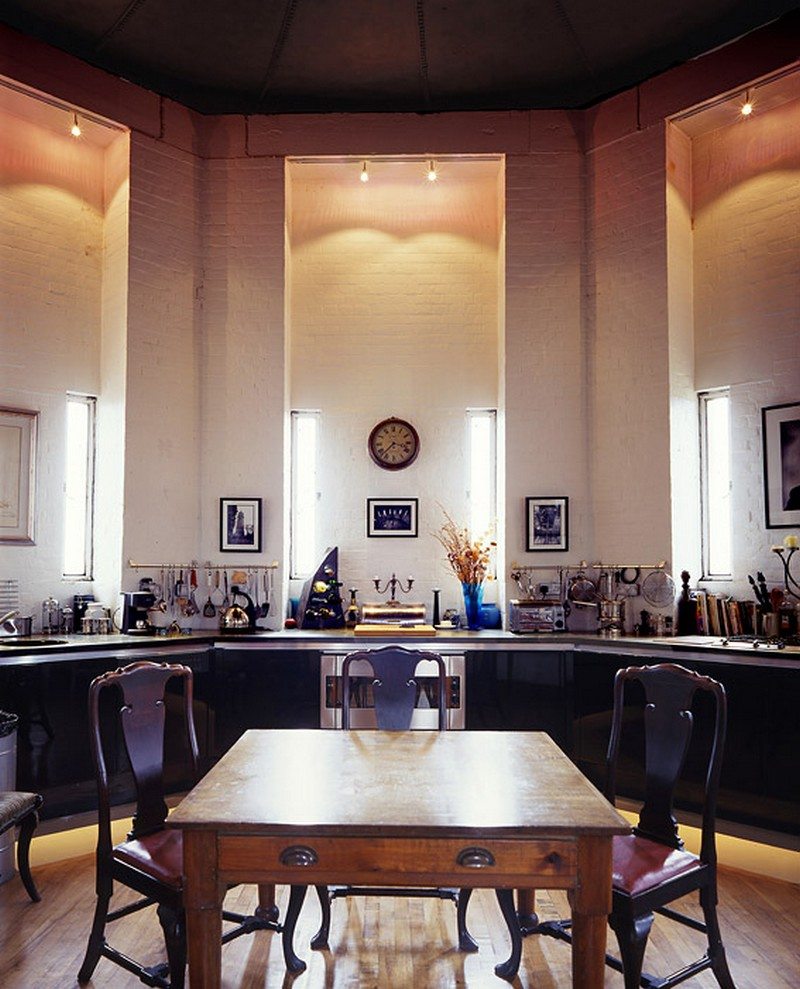
4. Old Water Tower in Stenokerzel, Belgium
Built between 1938 and 1941, this 98.4 ft. water tower in Belgium stood empty and unused during the last decades. But in 2007, architecture firm Bham Design Studio converted it into a single-family home for local businessman Patrick Mets.
Many elements from the old water tower were retained to preserve its identity, such as the 250,000-litre water basin, concrete stairs and ceilings. Although it is private property, the owners made part of the tower available for rent for exclusive events.
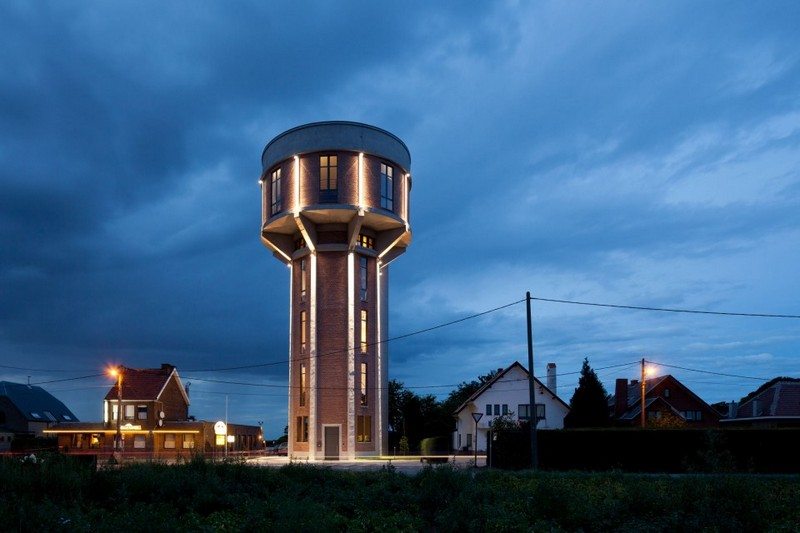
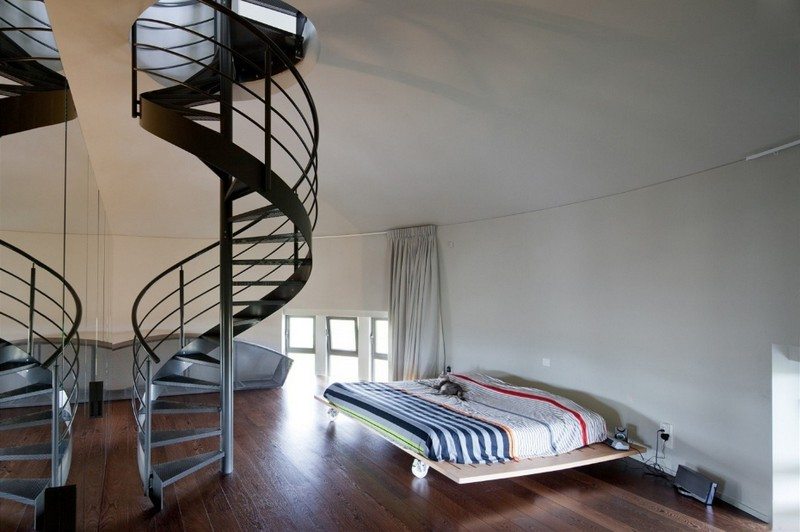
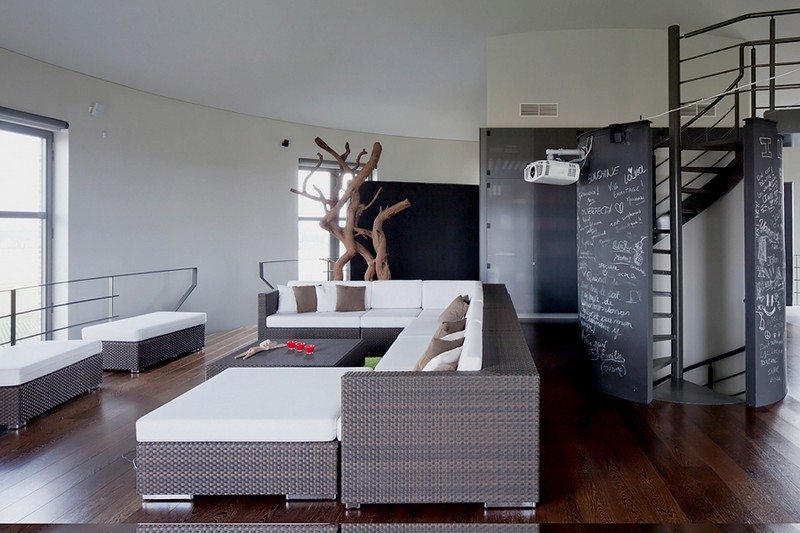
5. Bargate Stone Water Tower in Surrey
This converted water tower was close to being demolished after it was decommissioned in 1974. Thanks to the local community who campaigned for a Grade II listed status, Rod and Nicola Edge were able to acquire the water tower 25 years ago and convert it into a lovely home.
It includes four bedrooms and a “his” and “hers” home office. Now, after providing happiness to the Edges for 25 years, this home is on the market just waiting for its new owner!
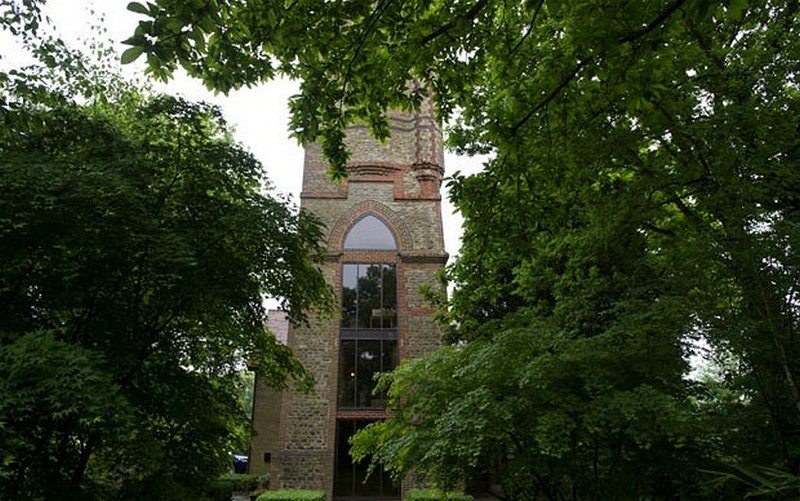
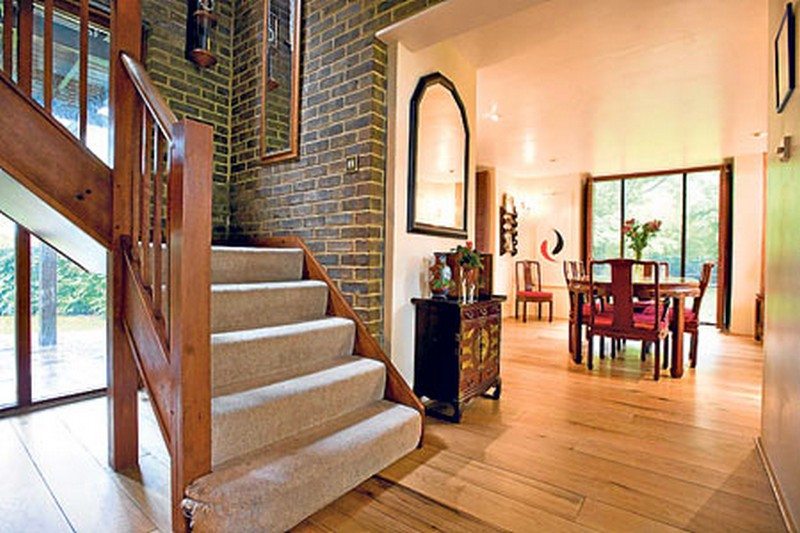
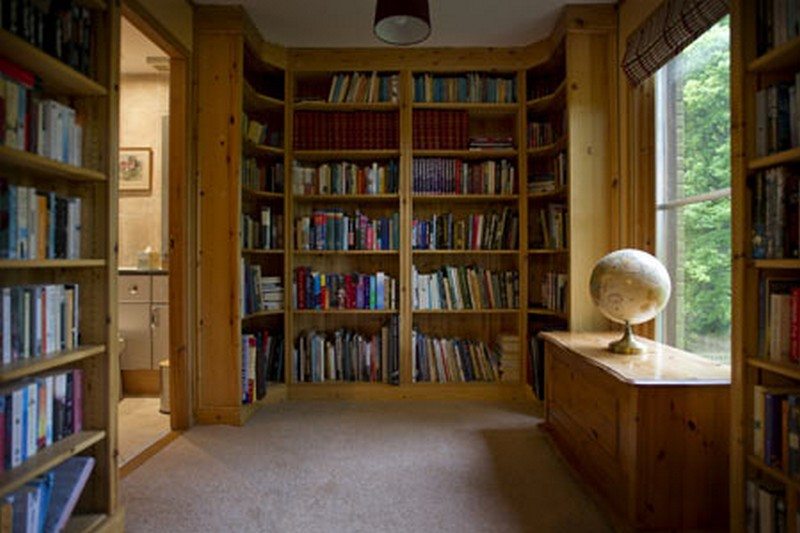
6. Woning Moereels Apartment
“An industrial symbiosis between old and new.” Award-winning Belgian architect Jo Crepain made use of translucent glass panels to give new life to the once concrete water tower in Antwerp.
The glass walls allow for abundant natural daylight to enter without compromising the privacy of the occupants. At night, the tower glows because of its fluorescent lighting that faces the street!
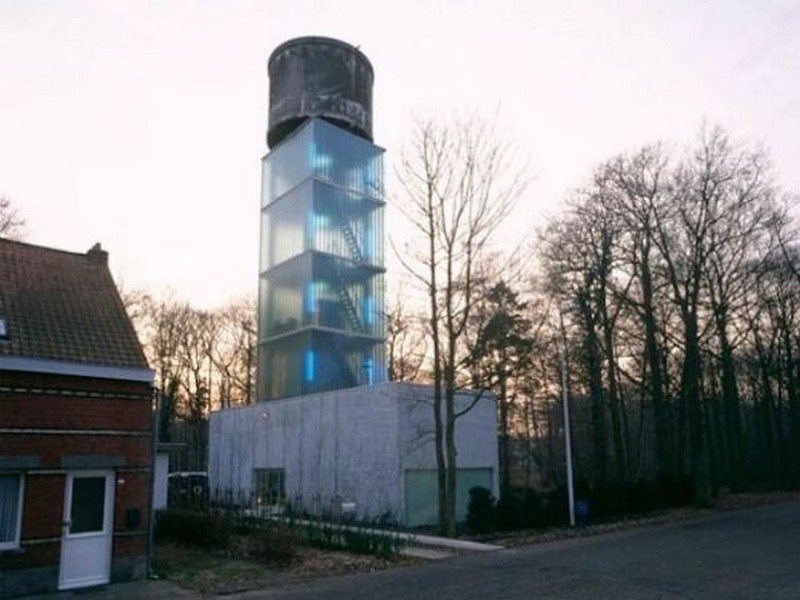
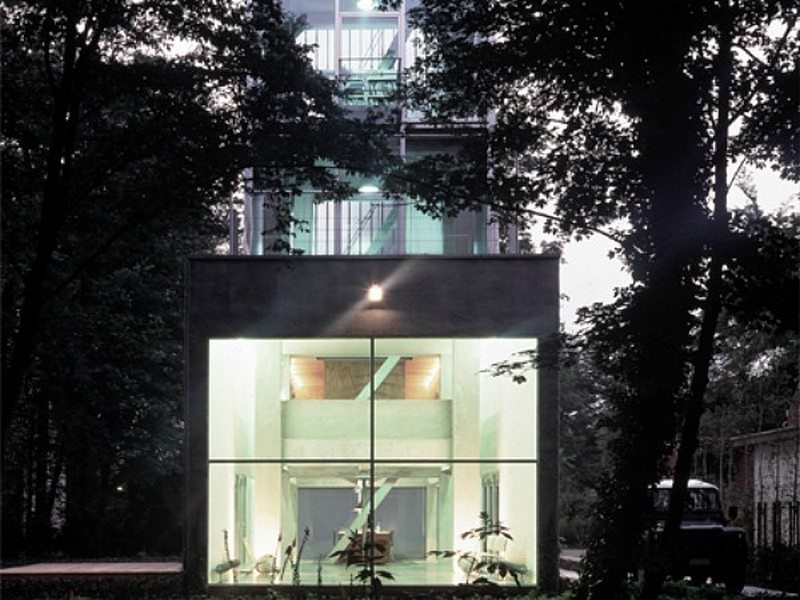
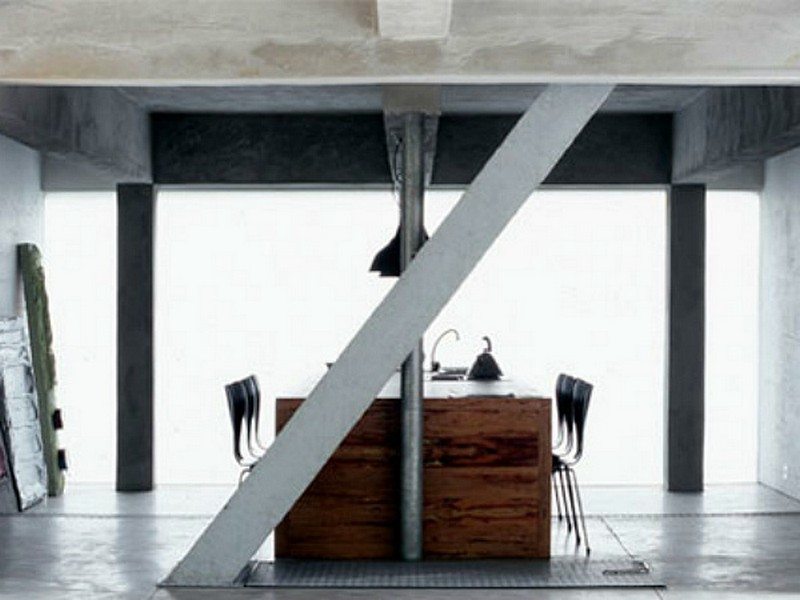
7. Tower of Living in Soest, The Netherlands
From an 80-year-old water tower to an exceptional 21st-century home! Zecc Architects did a great job in this conversion despite the challenges presented by the seemingly cramped structure.
It consists of nine levels – kitchen, living room, spare room, kids rooms, bathroom, sauna, home office, master bedroom and the rooftop.
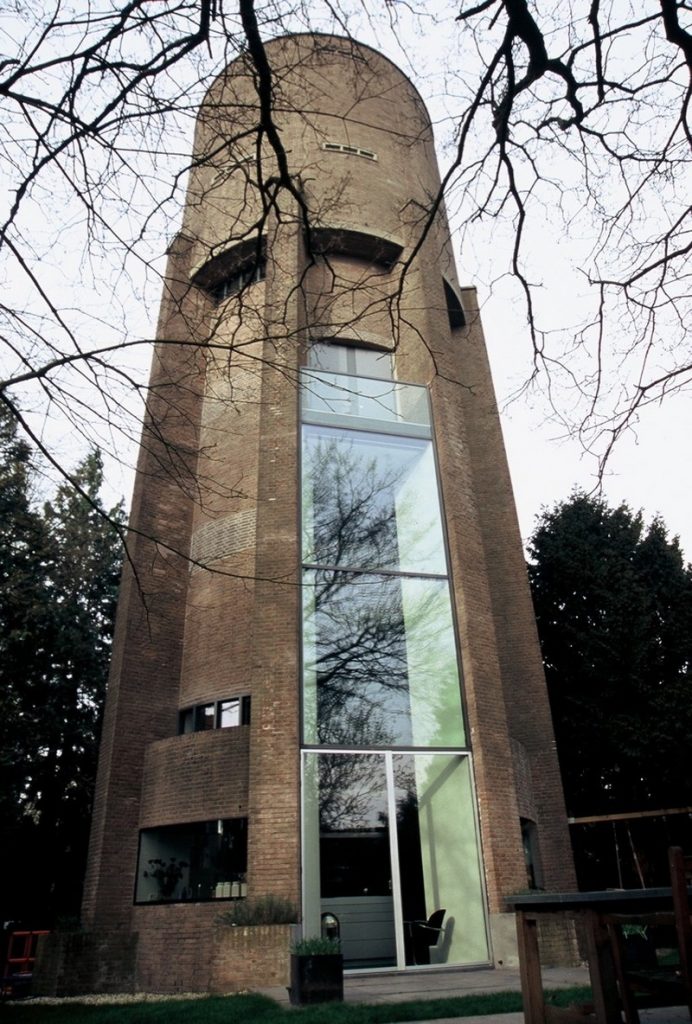
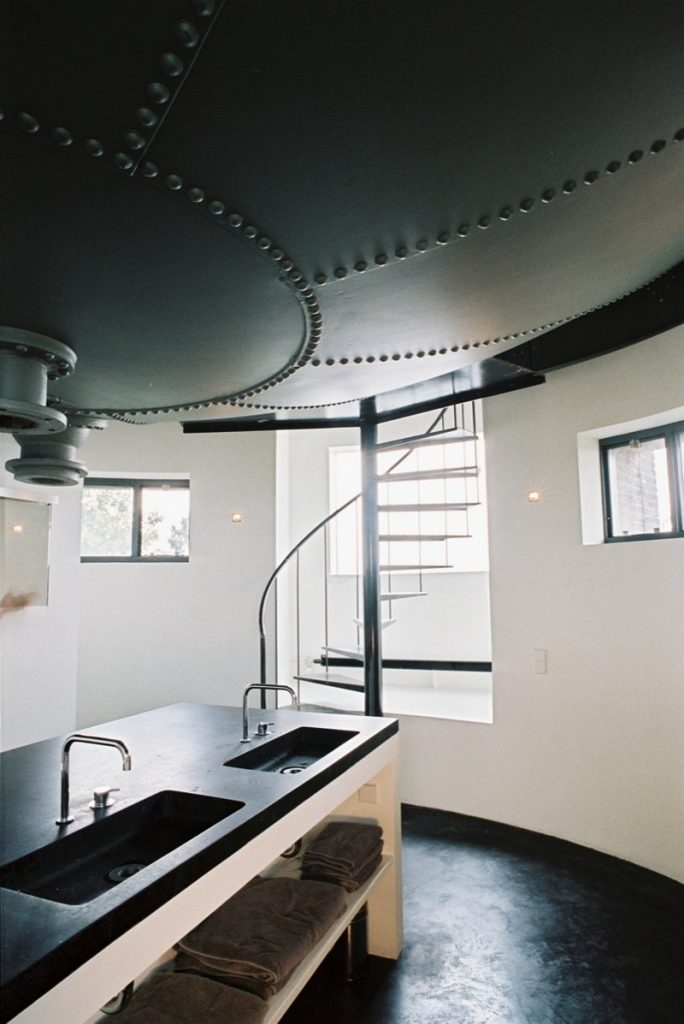
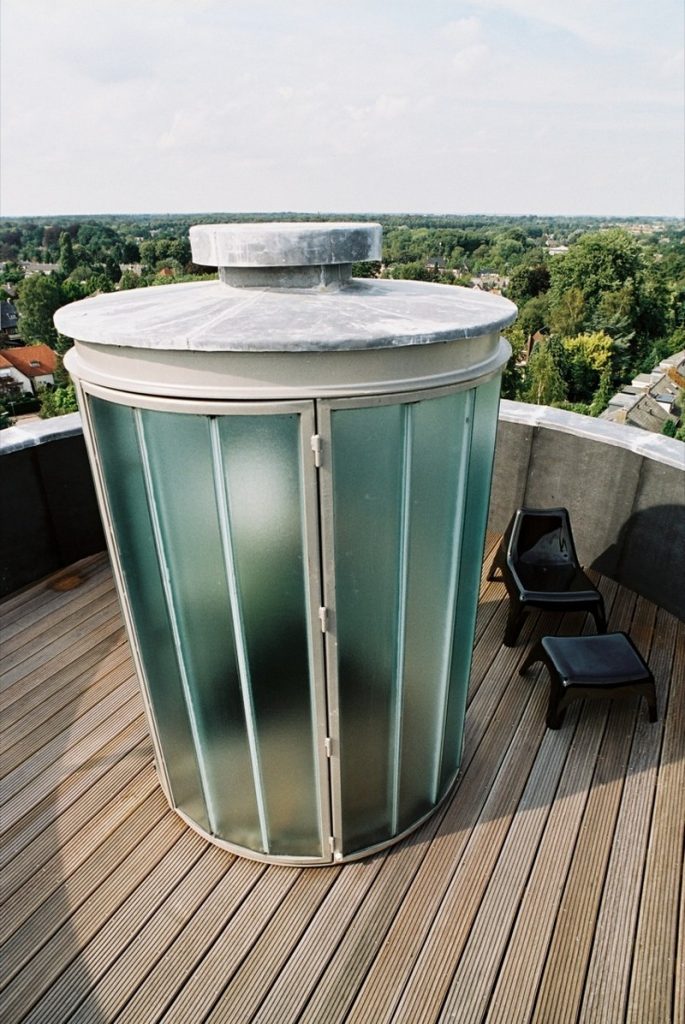
8. Biorama in Schorfheide-Chorin Biosphere Reserve
This water tower home located in a UNESCO nature park in Germany has a second tower that’s accessible to tourists who’d like to get a good view of the area! It was part of Richard Hurding and Sarah Phillips’ proposal to the local building council to convert the water tower into their home.
The couple was granted permission BUT they do not actually own the property. Because the water tower is considered a historic landmark, the town granted the couple a 99-year lease contract for 500 euros or around $670 a year instead of selling it.


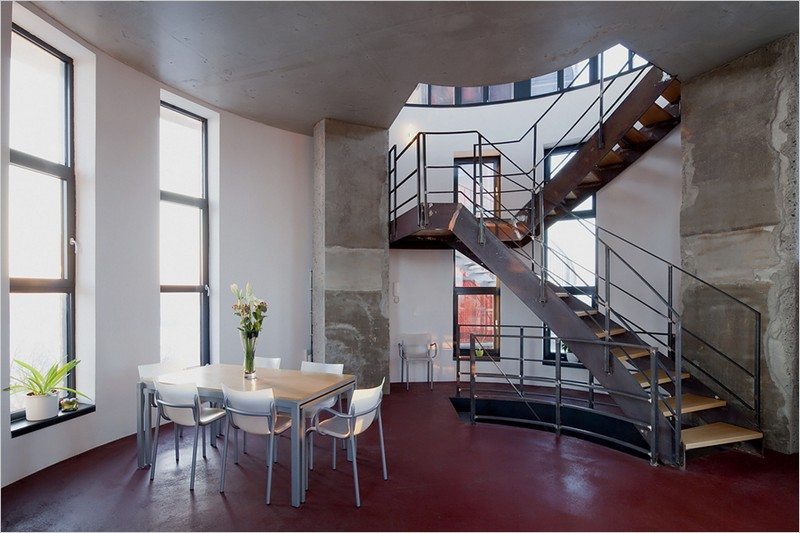
9. Lymm Water Tower, Cheshire
It’s difficult not to be envious of the owners of this family home! It includes a two-level extension that wraps around the octagonal water tower.
The extension gives an amazing view and connection to its green surrounding. As if the 110 ft. rooftop garden/viewing platform that offers a great view of the Cheshire countryside isn’t enough!
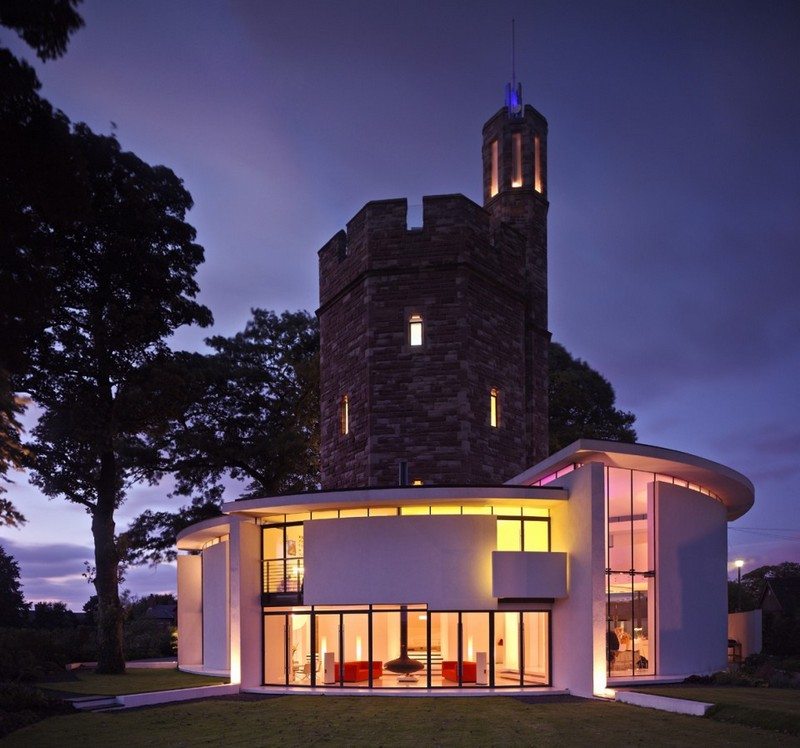
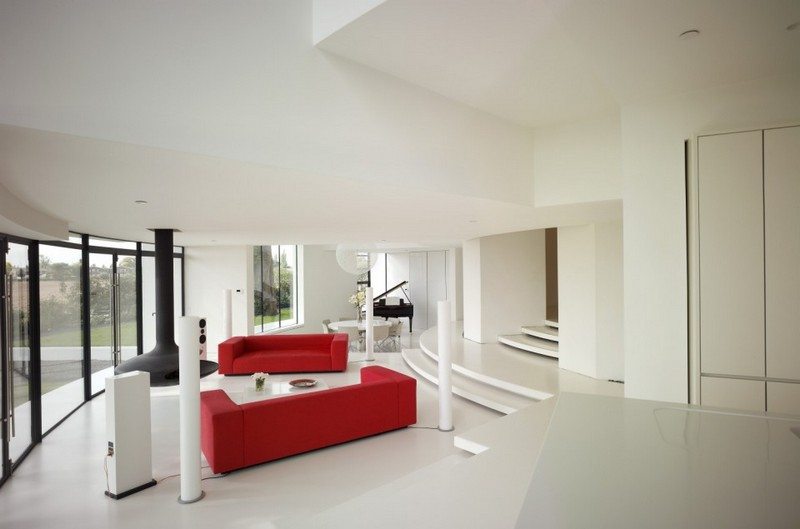
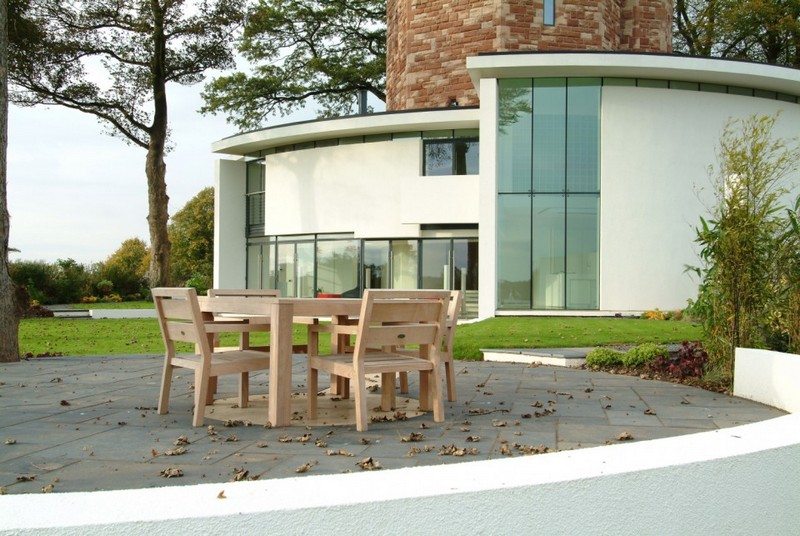
10. Umbau Wasserturm Tower by Madako Group
Here’s another one that escaped demolition! Because of Germany’s building protection laws, the historic water tower remained untouched until 2002, when the Madako Group of Architects transformed it into a great example of sustainable design.
This excellent conversion is not exactly home but a multi-use building. The ground floor serves as an office, while the very top level is a conference area with views of the surrounding landscape.
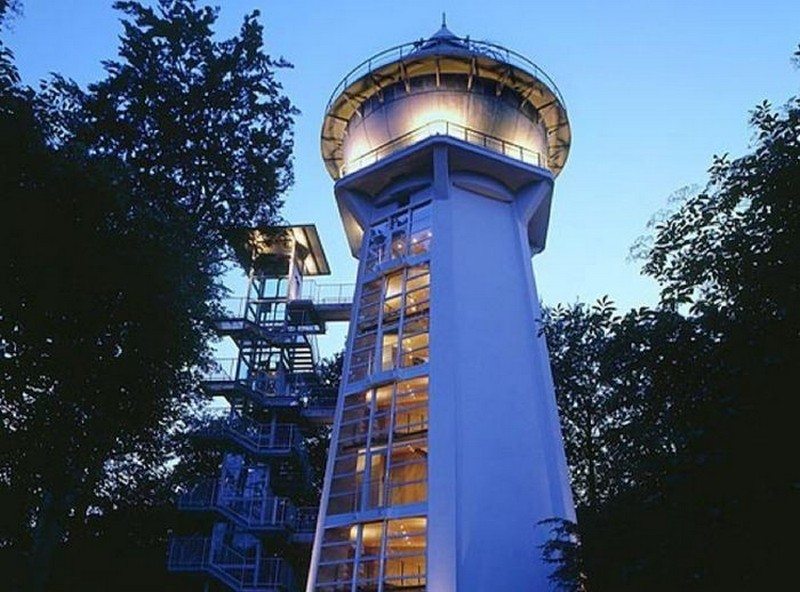
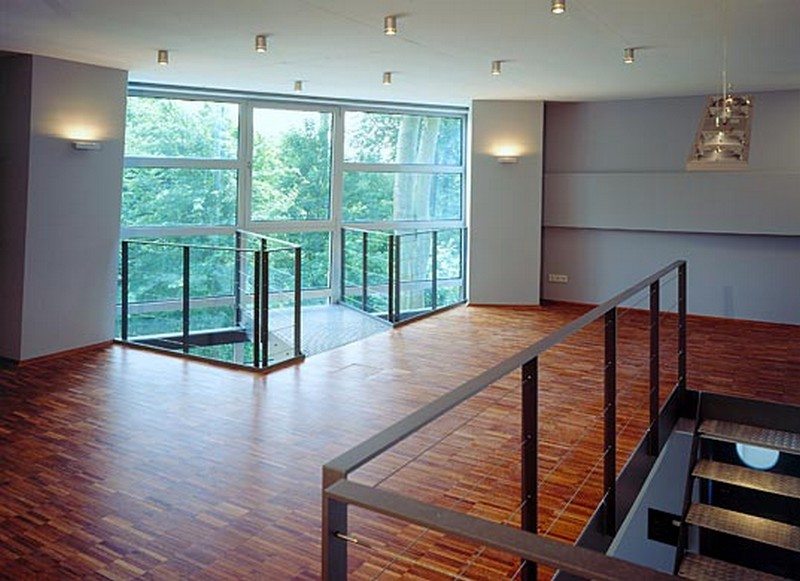
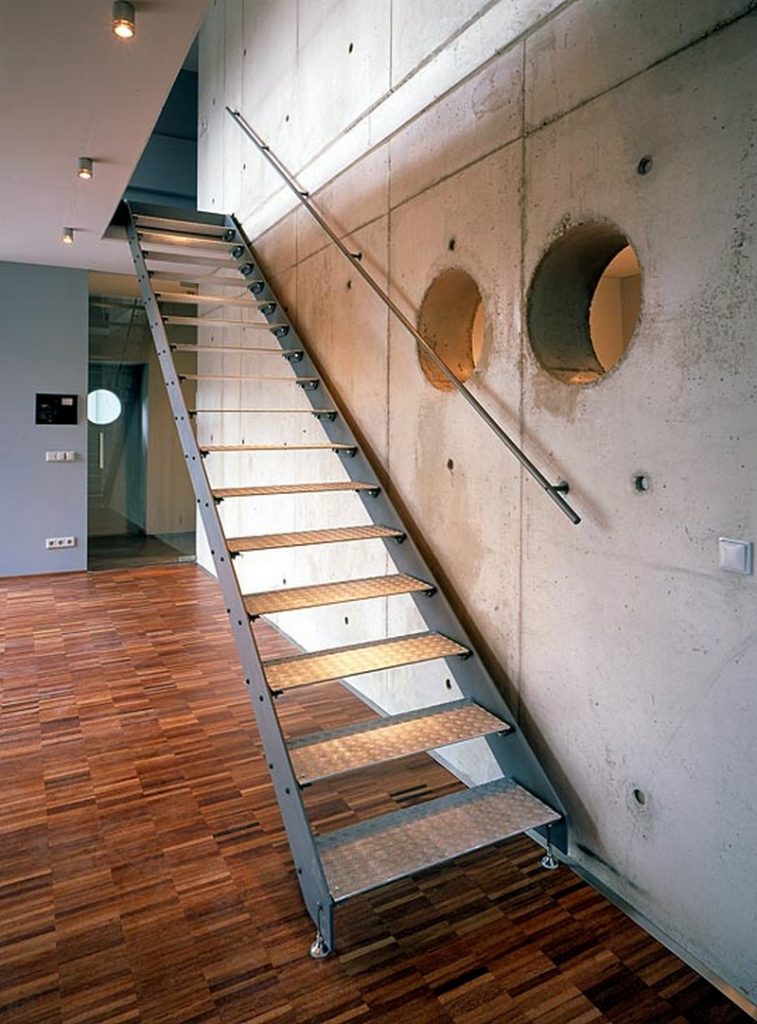
If you liked these, you will also like viewing these other unique home ideas.
The Beauty of Converted Water Towers
Converting water towers into stunning homes is a unique and innovative way to repurpose existing structures, transforming them into one-of-a-kind living spaces that offer numerous advantages. From their distinctive architectural appeal to their eco-friendly design features, converted water towers represent a blend of functionality, sustainability, and aesthetic beauty. Here are several advantages of living in a converted water tower home:
1. Unique Architectural Design: Converted water towers boast a distinctive architectural design that sets them apart from traditional homes. Their cylindrical shape, tall silhouette, and industrial features create a visually striking exterior that adds character and charm to the surrounding landscape.
Living in a converted water tower allows homeowners to enjoy a truly unique living experience that celebrates creativity and innovation in architecture.
2. Panoramic Views: Perched high above the ground, water towers often offer breathtaking panoramic views of the surrounding area. From city skylines to scenic countryside vistas, residents can enjoy sweeping views from the vantage point of their elevated homes.
Large windows and outdoor decks or balconies maximize opportunities to appreciate the natural beauty and urban landscapes that surround the water tower home.
3. Spacious Interiors: Despite their cylindrical exterior, converted water towers can feature spacious and open interiors that offer ample living space for residents. Clever interior design solutions, such as open floor plans, loft-style layouts, and custom-built furniture, maximize usable space while maintaining a sense of openness and airiness.
With creative design and thoughtful space planning, converted water towers can accommodate modern amenities and lifestyle needs.
4. Energy Efficiency: Many converted water tower homes incorporate energy-efficient design features that help reduce energy consumption and lower utility costs. Insulated walls, high-performance windows, and energy-efficient appliances contribute to improved thermal comfort and reduced heating and cooling expenses.
Additionally, the elevated position of converted water towers often allows for natural ventilation and passive solar heating, further enhancing energy efficiency.
5. Sustainability: Repurposing existing structures like water towers into homes promotes sustainability by minimizing the need for new construction and preserving valuable resources. By breathing new life into these abandoned or underutilized structures, homeowners can reduce their environmental impact and contribute to sustainable development practices.
Additionally, incorporating eco-friendly materials and energy-efficient systems into the renovation process enhances the overall sustainability of converted water towers.
6. Historical Preservation: Converted water towers allow for the preservation of historical landmarks and industrial heritage. These iconic structures often hold cultural significance within their communities, serving as symbols of local identity and history.
Transforming them into residential properties ensures their continued relevance and relevance while honouring their architectural legacy.
7. Creative Freedom: Renovating a water tower into a home offers homeowners the opportunity for creative expression and design freedom. From interior layout and decor to exterior finishes and landscaping, residents can customize their water tower home to reflect their style and preferences.
Whether opting for a modern minimalist aesthetic or a rustic industrial look, the unique architectural features of water towers provide a versatile canvas for creative design solutions.
8. Conversation Starter: Living in a converted water tower home sparks curiosity and conversation among neighbors, visitors, and passersby. These distinctive homes often become local landmarks and points of interest, attracting attention and admiration from those intrigued by their unique design and history.
As a resident of a converted water tower home, you’ll enjoy the opportunity to share your home’s story and unique features with others.
9. Sense of Adventure: Choosing to live in a converted water tower home embodies a spirit of adventure and exploration. These unconventional living spaces offer residents the chance to embrace a lifestyle that defies convention and embraces creativity.
Living in a water tower home is not just about having a place to live—it’s about embarking on a journey of discovery and imagination.
10. Sense of Pride: Finally, living in a converted water tower home instills a sense of pride and satisfaction in homeowners who have transformed a once-neglected structure into a beautiful and functional living space.
The process of renovating a water tower into a home requires vision, determination, and creativity, and the result is a unique dwelling that reflects the ingenuity and resourcefulness of its inhabitants.
Living in a converted water tower home offers a host of advantages, from unique architectural design and panoramic views to energy efficiency and sustainability. By repurposing these iconic structures, homeowners can create truly exceptional living spaces that celebrate history, creativity, and innovation.
Whether you’re drawn to the aesthetic appeal, the eco-friendly features, or the sense of adventure, a converted water tower home offers a distinctive and rewarding living experience that is sure to captivate and inspire.
The Wrap Up
The transformation of water towers into stunning homes represents a remarkable intersection of history, architecture, and human ingenuity. Each converted water tower stands as a testament to the adaptive reuse of existing structures, showcasing the potential for creative repurposing in the realm of residential design. From their humble beginnings as utilitarian landmarks, these converted towers have evolved into extraordinary living spaces that seamlessly blend modern comforts with historical charm.
As architectural marvels, these homes not only serve as unique living spaces but also as symbols of sustainability and preservation. The preservation of these iconic structures not only honours their historical significance but also contributes to the cultural fabric of their respective communities. Through thoughtful restoration and innovative design, these conversions breathe new life into aging infrastructure, revitalizing urban landscapes and rural settings alike.
Each converted water tower tells a unique story, reflecting the vision and creativity of architects, designers, and homeowners. From lofty penthouses with panoramic views to cozy family residences nestled within historic shells, these homes offer diverse living experiences that cater to a wide range of preferences and lifestyles. Whether located in bustling urban centres or serene countryside settings, these homes captivate the imagination and inspire awe with their blend of past and present.
As residents of these converted water towers enjoy the comforts of modern living within their historic confines, they become stewards of a rich architectural legacy. Their homes serve as reminders of the power of adaptive reuse and the enduring appeal of repurposed spaces. With each passing day, these towers stand as testaments to the resilience of human creativity and the potential for transformation in the built environment.
Frequently Asked Questions
1. Are converted water towers structurally sound for residential use?
Yes, most converted water towers undergo rigorous structural assessments and renovations to ensure they meet safety standards for residential occupancy. Structural engineers evaluate the integrity of the existing framework and reinforce it as needed to support the weight of additional living spaces.
2. Do converted water towers retain their original features?
Many conversions preserve elements of the original structure, such as the exterior facade or internal framework, while incorporating modern amenities and design elements. This blend of old and new creates a unique aesthetic that celebrates the tower’s history while providing contemporary comforts.
3. How do residents access the upper levels of converted water towers?
Access to upper levels typically involves staircases, elevators, or custom-designed features like spiral staircases or glass-enclosed lifts. Architects and designers carefully consider the layout of the tower to optimize circulation and ensure ease of movement between floors.
4. Are converted water towers environmentally sustainable?
Yes, repurposing existing structures reduces the need for new construction and minimizes environmental impact. Additionally, many conversions incorporate eco-friendly features such as energy-efficient heating and cooling systems, sustainable building materials, and passive design strategies.
5. Are converted water towers expensive to maintain?
Maintenance costs vary depending on factors such as the age of the structure, extent of renovations, and location. However, proper upkeep is essential to ensure the longevity and safety of these unique homes. Many homeowners invest in regular inspections and repairs to preserve the integrity of their converted towers.
6. Do converted water towers retain their original purpose?
While no longer used for water storage, some conversions incorporate elements of the tower’s original function as part of the design concept or historical homage. However, the primary purpose of converted water towers is residential occupancy, offering unique and character-filled homes for discerning residents.

